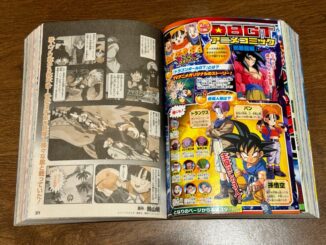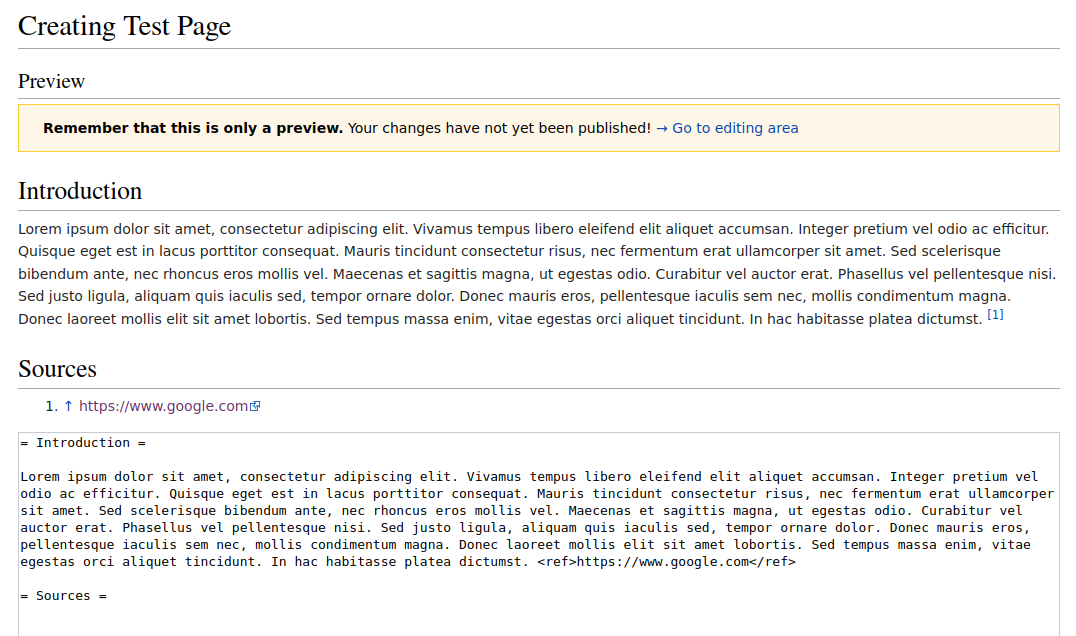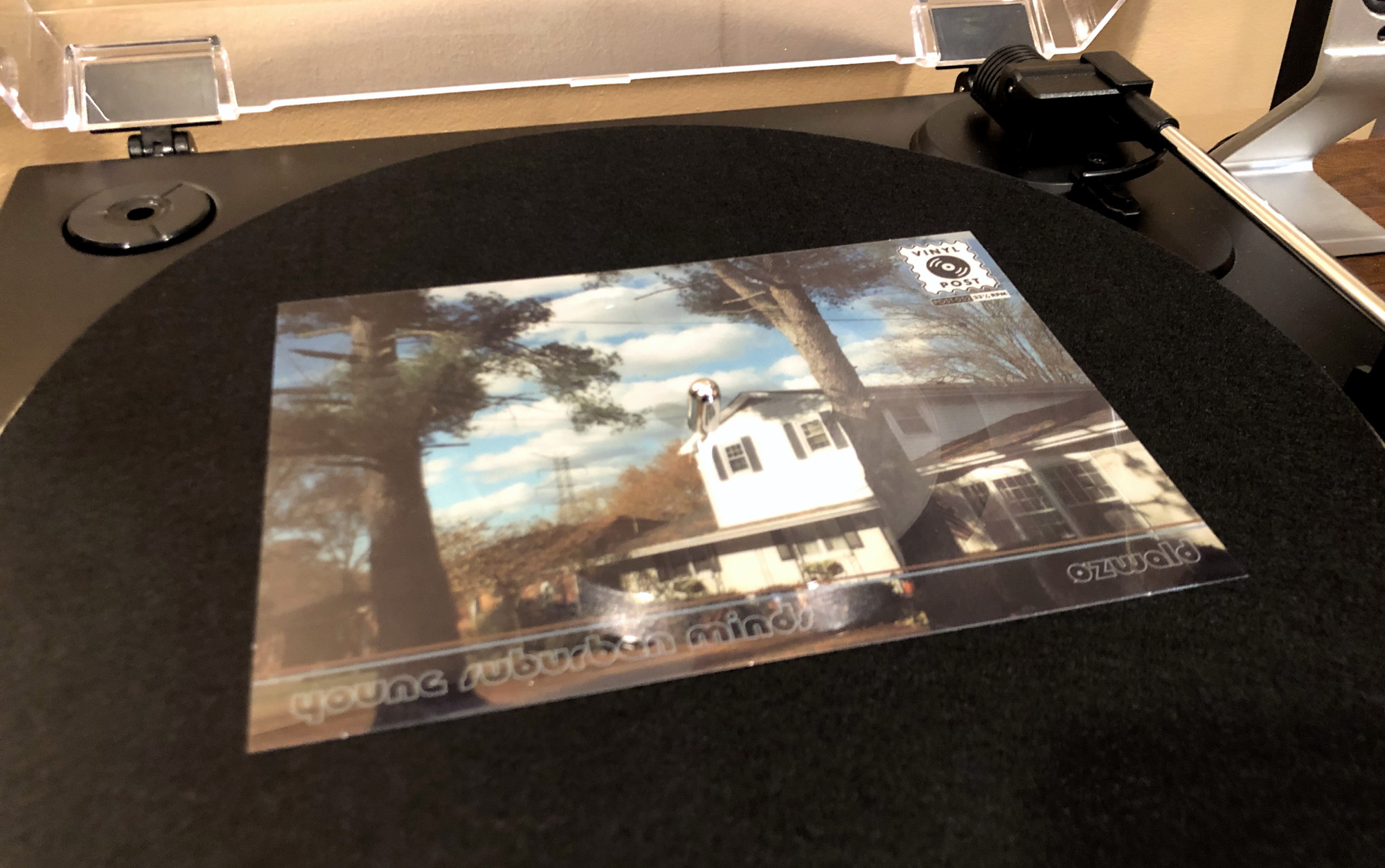
New Manga Guide Section: Dragon Ball GT Anime Comic! (Patreon Repost)
This post was originally shared on Kanzenshuu’s Patreon page in September 2024. I am reposting it here for posterity and larger exposure for the work that we do. If you enjoy this kind of work, […]









